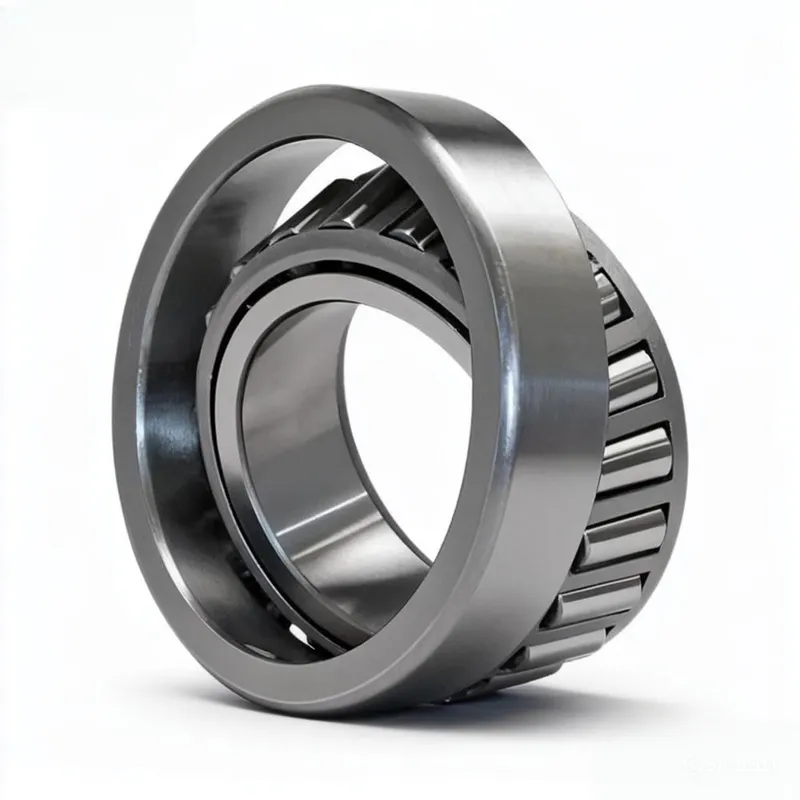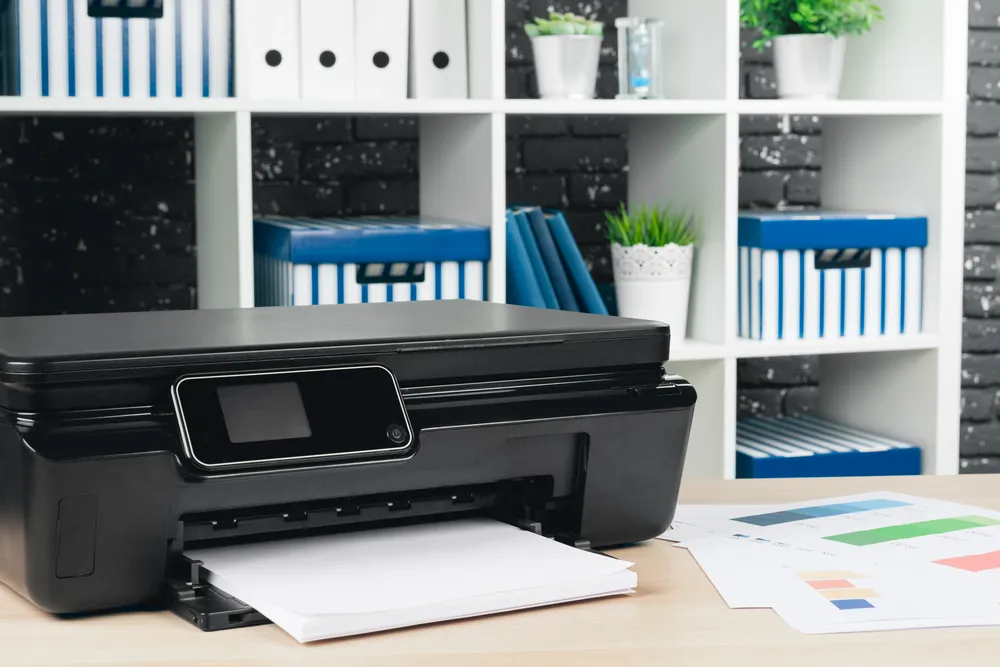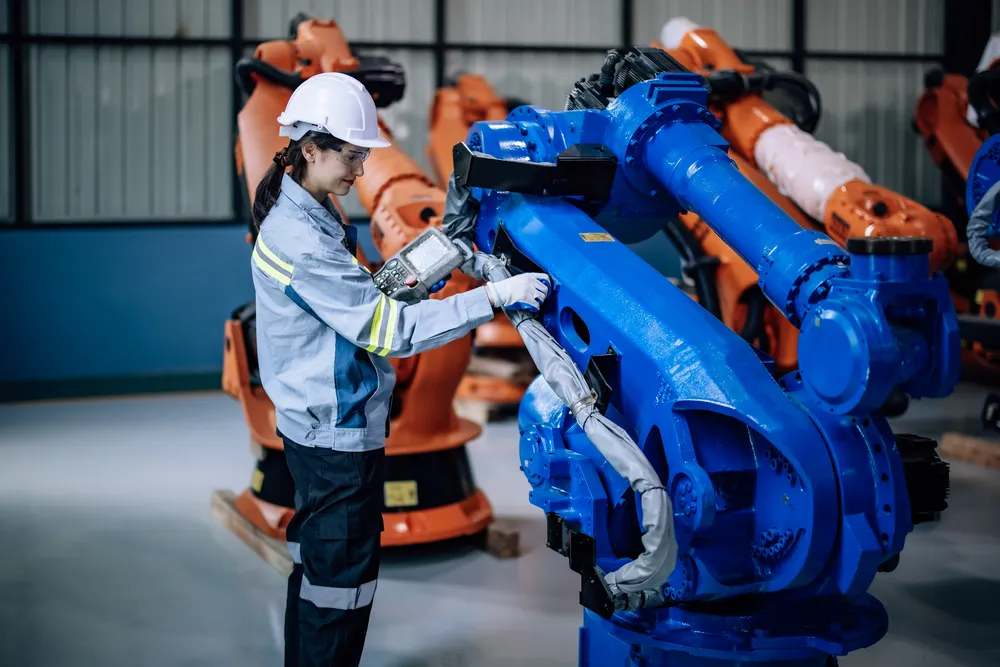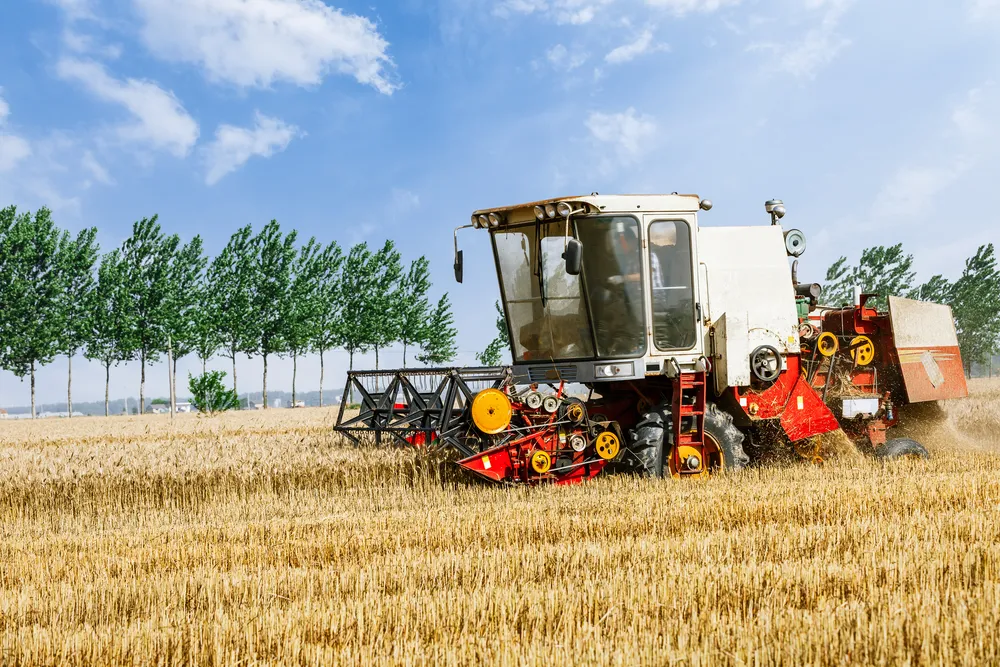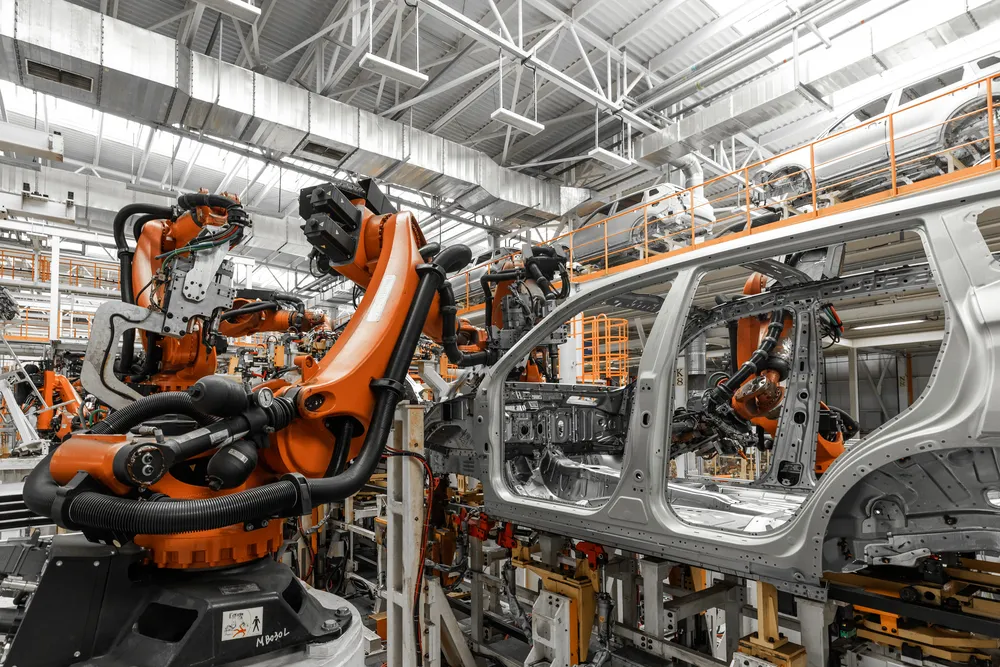Products
What are Tapered Roller Bearings
Characteristics of Tapered Roller Bearings
- Conical geometric construction: Rollers and raceways arranged in tapered configuration for rational distribution of radial and axial loads
- Modular component design: Separable structure supports individual component installation and maintenance
- Precision cage systems: High-strength cages ensure accurate roller positioning and uniform spacing
- Multi-row configuration options: Providing various structural forms including single-row, double-row and four-row
- Surface enhancement technology: Specially treated flange surfaces promote oil film formation, reducing operating temperature
Advantages of Tapered Roller Bearings
Tapered roller bearings demonstrate significant advantages in engineering applications:
- Exceptional combined load capacity: Unique structural design enables simultaneous handling of combined radial and axial loads
- Optimized preload characteristics: Supporting paired configurations to achieve precise preload, enhancing system rigidity
- Efficient thermal management: Optimized lubrication channel design effectively controls operating temperature
- Extended service life: Precision manufacturing processes ensure reliability under severe operating conditions
- Convenient maintenance features: Separable design simplifies inspection procedures, shortening maintenance cycles
We Can Solve Your Problems
- Customized selection services: Recommending optimal bearing configuration solutions based on actual operating conditions
- Dynamic load analysis: Utilizing advanced simulation technology to predict bearing performance
- Sealing system optimization: Developing specialized protection solutions for particular environments
- Installation process guidance: Providing professional installation specifications and on-site technical support
- Intelligent monitoring solutions: Deploying real-time monitoring systems to achieve predictive maintenance
- Life assessment services: Accurately predicting service life through professional analysis models
Frequently Asked Questions
Find answers to common questions about our bearings. If you don’t find what you’re looking for, please don’t hesitate to contact us.
What are the main distinctions between angular contact ball bearings and tapered roller bearings?
Both angular contact ball bearings (ACBBs) and tapered roller bearings (TRBs) are designed to handle combined radial and axial loads, but they differ in structure, performance, and applications. ACBBs use point contact between balls and raceways, allowing smoother rotation and higher operating speeds with minimal friction. In contrast, TRBs use line contact between tapered rollers and raceways, providing greater load-bearing capacity and rigidity, especially under heavy radial and axial forces.
Because of their geometry, ACBBs are ideal for precision applications such as electric motors, machine tool spindles, and pumps, where speed and low noise are essential. TRBs, however, are commonly used in automotive wheel hubs, gearboxes, and heavy-duty machinery—environments that demand strength, durability, and load stability.
